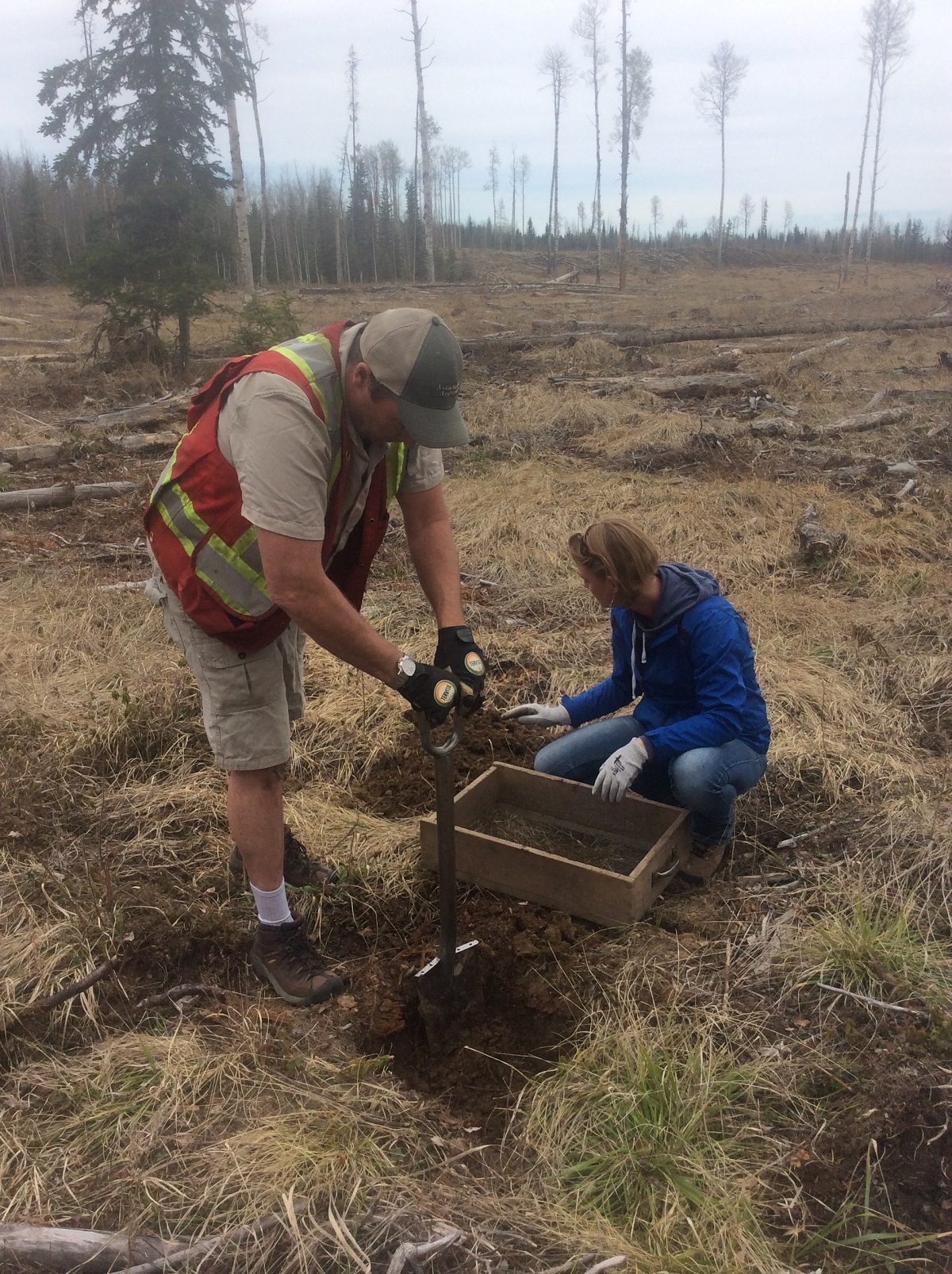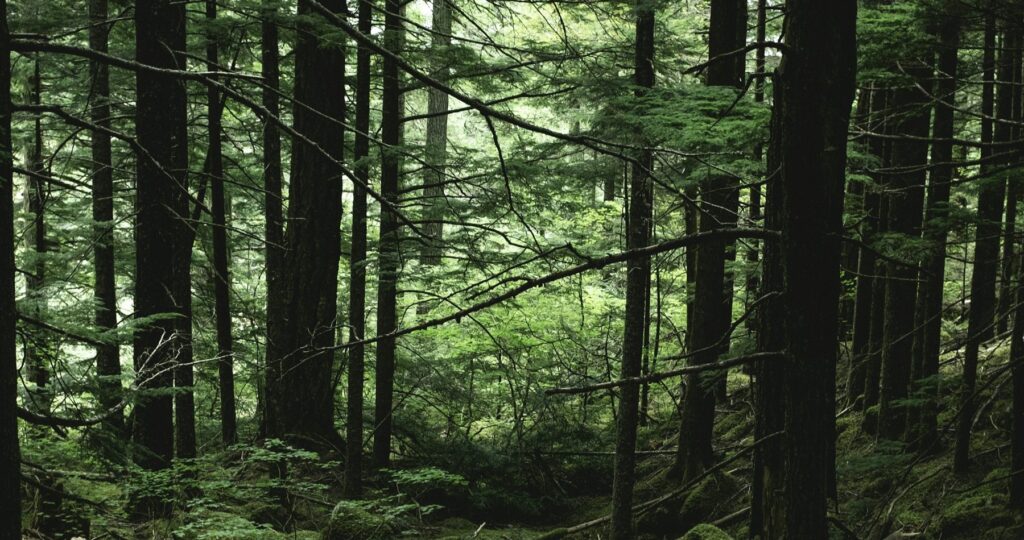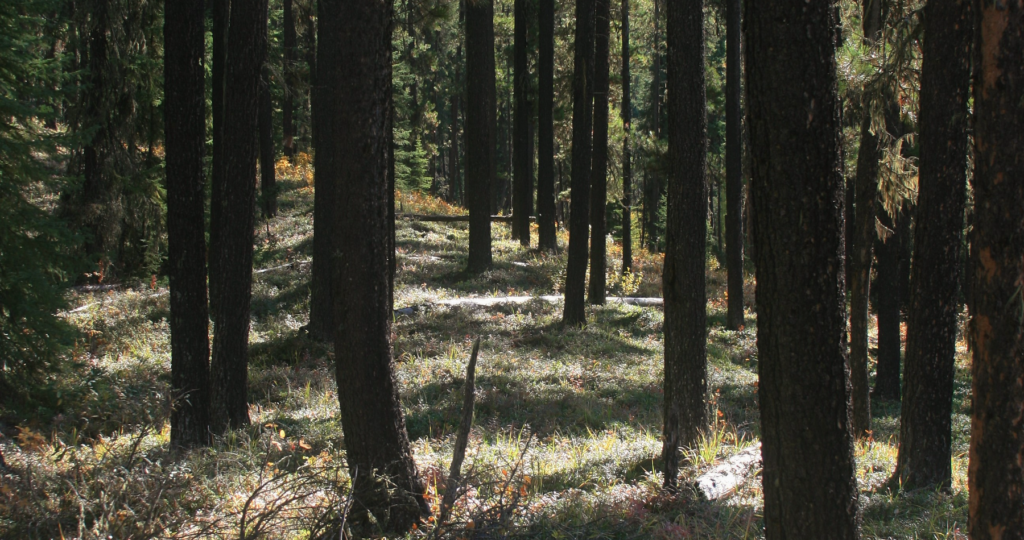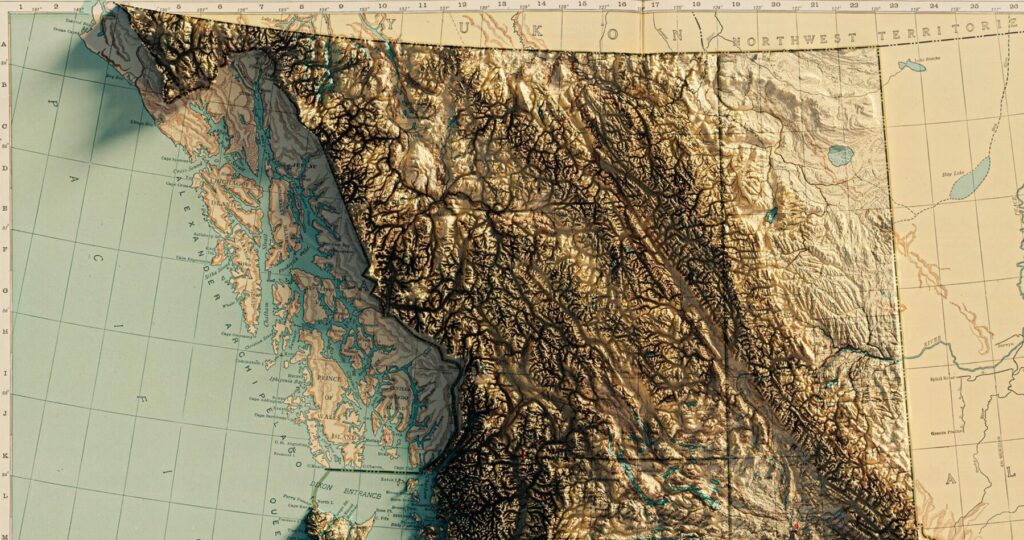Post Category : Glossary Special Finds
Biface Preform
By Corey Cookson on June 1, 2016
This week we feature an artifact found recently while conducting a survey for an Associated Aggregates gravel pit along the Nordegg River. The artifact is an irregular biface that is likely a preform. A preform is often an ovate or triangular shaped rock that has been flaked on both sides using percussion and pressure flaking techniques. This artifact was likely in the early stages of becoming some form of tool (e.g. knife or projectile point) before it was discarded by the flintknapper.
It is not clear why the flintknapper quit working on the artifact, the knapper may have made a mistake or did not like the stone material. The artifact is made from a unique red speckled chert with some fossilized plant remains embedded on the dorsal side of the artifact. We asked the consulting community if they knew what kind of chert the artifact was made from and Jason Roe, Lifeways Canada, identified the material as Paskapoo chert.
The artifact was found at a site identified by our clients, Dan Hill and Jodie Bauman, who were interested in the process of historical resource impact assessments (HRIA). While screening a shovel test, under the supervision of our archaeologists, Jodie found a large utilized quartzite flake. Further testing, revealed the site was over 200 m long and had evidence of fire (fire cracked rock) and tool making (biface).


Related Posts
By Fallon Hardie

February 12, 2025
Culturally Modified Trees of the Interior, British Columbia
A Foreword For the Archaeologists who’ve found themselves interested in the niches of Ecology and Landscape-Use-Dynamics, we tend to recognize the landscape as a dynamic whole; a manuscript of activities, knowledge, and ideologies that human societies have crafted and applied to the environments in which they live. However, Professional Consulting Archaeologists in Cultural Resource Management
Keep ReadingTags: Archaeology | CMT | Culture | history | Land Use Dynamics | methods | Sites | traditional use sites
By Maegan Huber

January 31, 2025
Alberta’s Boreal Sand Hills
Alberta’s Boreal Sand Hills Some people may be surprised to learn that Alberta is home to a series of large sand hill complexes made up of large forested dune features. Typically, when we think of sand dunes we tend to picture hot and dry regions with minimal vegetation, often situated near oceans. However, Alberta’s boreal
Keep ReadingTags: #Boreal | #Geology | #Geomorphology | #IceSheets | #Sandhills | Alberta | Archaeology | CRM | Sites
By Braedy Chapman

July 2, 2023
Top sites of 2022, BC edition
Field operations in British columbia 2022 marked Ember Archaeology’s first year of significant field operations in British Columbia. Our BC crews conducted a number of sizable wildfire-related projects for the BC Ministry of Forests over the course of the season, ultimately surveying hundreds of kilometers of constructed fireguards and fuel reduction developments. These were nearly
Keep ReadingTags: 100 Mile House | Anaheim Peak | Archaeology | Arrowstone Hills | Athapaskan | Baezaeko River | Biface | British Columbia | Cache Creek | Chilcotin | CRM | Dacite | Early Nesikep | Interior Plateau | Lehman Phase | Lithics | Maiden Creek | Nazko | obsidian | projectile point | Side notched | Sites
